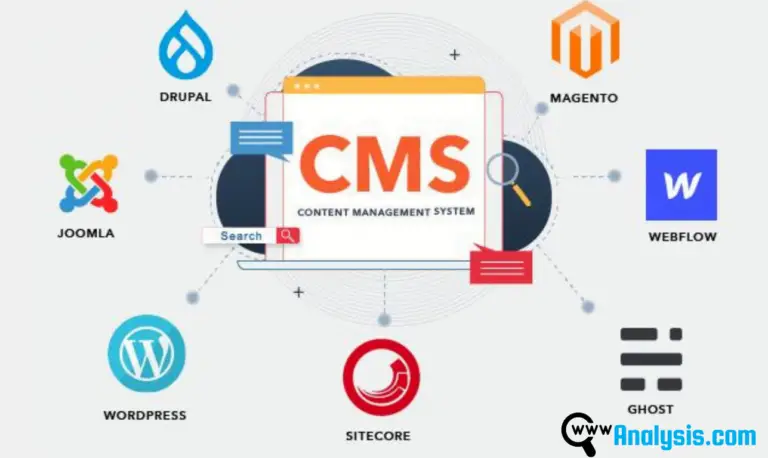
a Chrome Extension Mastering: Guide for Chrome Extension Developers
Creating a Chrome extension that gains a substantial user base is an impressive feat. However, the real challenge often lies in figuring out how to monetize this digital asset effectively. While Chrome extensions are often perceived as free tools, there are several innovative strategies to generate revenue from your creation.
In-Depth Monetization Strategies
- Leverage Monetise.so for Payments: With the phasing out of Chrome Web Store Payments, Monetise.so offers a seamless alternative for handling transactions. It’s crucial to provide a smooth payment experience to encourage users to upgrade to premium versions of your extension. Explore Monetise.so.
- AdBlock Plus Model – Ethical Ad Whitelisting: AdBlock Plus has pioneered a model where they whitelist non-intrusive ads. This approach not only maintains user experience but also opens a revenue stream. The key is to balance ad blocking with allowing some advertiser content in an ethical manner.
- Affiliate Marketing Through Code Injection: This involves partnering with affiliate networks and embedding their code into your extension. For instance, a shopping extension could add affiliate links to products. Transparency with users about this practice is vital to maintaining trust.
- Cryptocurrency Mining with Caution: Coinhive introduced an innovative, yet controversial, method of using a portion of the user’s CPU for cryptocurrency mining. If considering this route, it’s essential to prioritize user consent and transparency due to the potential negative impact on user experience and device performance.
- Freemium to Premium Upsell: Offer basic functionalities for free and reserve advanced features for a premium version. Success stories in this domain often involve extensions that offer tangible value-adds in their premium offerings, such as advanced security features for VPN extensions.
- Advertising Done Right: Integrating ads can be profitable if done tastefully. ‘Tab for a Cause’ is a great example where ads are non-intrusive and contribute to a social cause. Ensure that the ads are relevant and add value to the user experience.
- Ethical Considerations: Avoid unethical practices like selling user data or turning users into a botnet. Not only are these practices frowned upon, but they can also lead to legal issues and damage your reputation.
- Encouraging Donations: While not the most lucrative, donations can be supplementary income, especially if your extension serves a niche community. Platforms like Patreon or Buy Me a Coffee can facilitate this.
Advanced Monetization Strategies
- Subscription Models: Beyond a basic freemium model, consider offering tiered subscription levels. Each tier could unlock more features, such as customization options, advanced functionalities, or enhanced support.
- One-Time Purchase: For some extensions, a one-time purchase model might be more appealing, especially if the extension offers a permanent value, like a sophisticated design tool or a comprehensive SEO analysis feature.
- Microtransactions: Implement microtransactions for small, one-time features or services within your extension. This can be particularly effective for extensions that offer a variety of small, useful tools or add-ons.
- Corporate Licensing: If your extension is useful for businesses, consider offering a corporate license. This can include bulk licensing deals, enhanced support, and customized features tailored to business needs.
Real-World Case Studies
- Case Study 1: A Productivity Extension: A developer created a time management extension and offered a basic free version. They introduced a premium version with advanced analytics and cloud synchronization, resulting in a significant increase in revenue.
- Case Study 2: A Shopping Assistant Extension: This extension used affiliate marketing by redirecting users to partner e-commerce sites. They maintained transparency with users about this practice, which helped in retaining their trust.
Actionable Steps for Success
- Market Research: Conduct thorough research to understand your target audience’s needs and willingness to pay. This can guide your pricing strategy and feature set.
- User Experience Focus: Ensure that your extension is user-friendly, fast, and reliable. A positive user experience is crucial for encouraging upgrades and positive reviews.
- Marketing and Promotion: Utilize social media, content marketing, and partnerships to increase visibility. Engaging with relevant online communities can also boost your extension’s profile.
- Continuous Improvement: Regularly update your extension based on user feedback and market trends. This shows commitment to your user base and can lead to higher retention rates.
Ethical Considerations and Transparency
- Be upfront about your monetization methods. Users appreciate honesty and are more likely to support developers who are transparent about how they generate revenue.
Monetizing a Chrome extension is a multifaceted challenge that requires creativity, a deep understanding of your user base, and a commitment to providing value. Whether through subscriptions, one-time purchases, or ethical advertising, there are numerous paths to creating a profitable extension.
Additional Resources
- Chrome Web Store Developer Dashboard: Manage your Chrome extension and track its performance.
- Extension Monitor: Analyze market trends and get insights into what works for successful Chrome extensions.
Suggested Visuals
- Infographics on Subscription Model Success Stories
- Flowchart of Monetization Strategies
- Screenshots of Successful Chrome Extensions with Monetization Features





